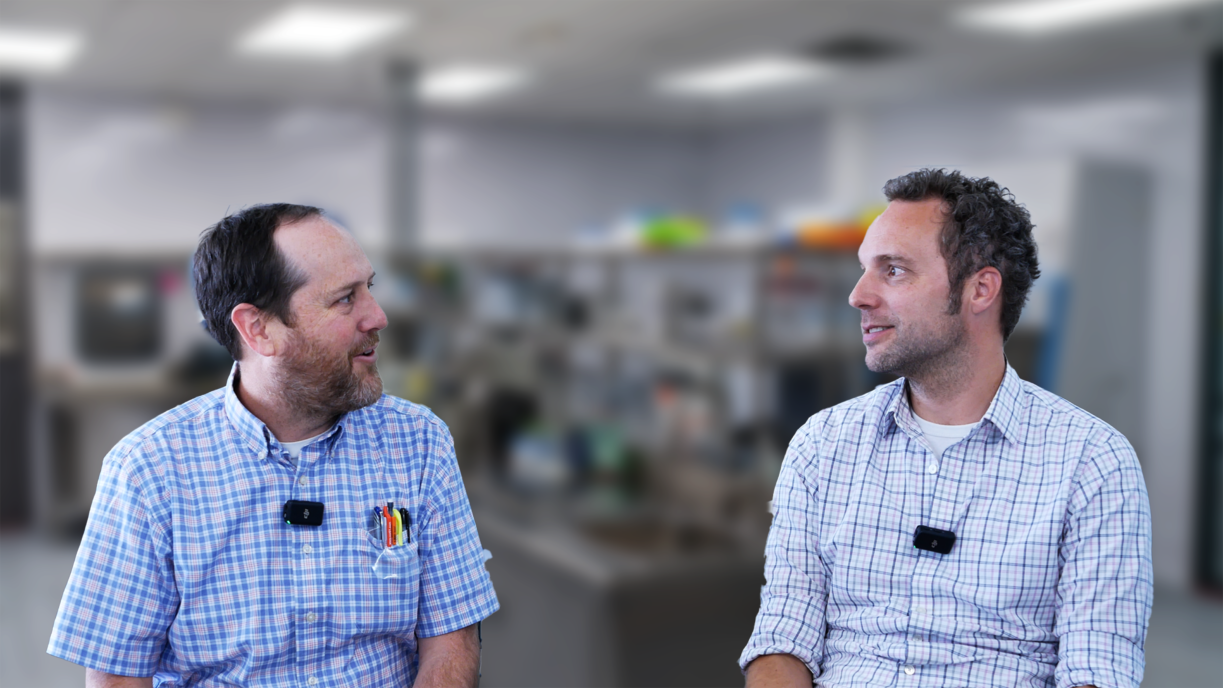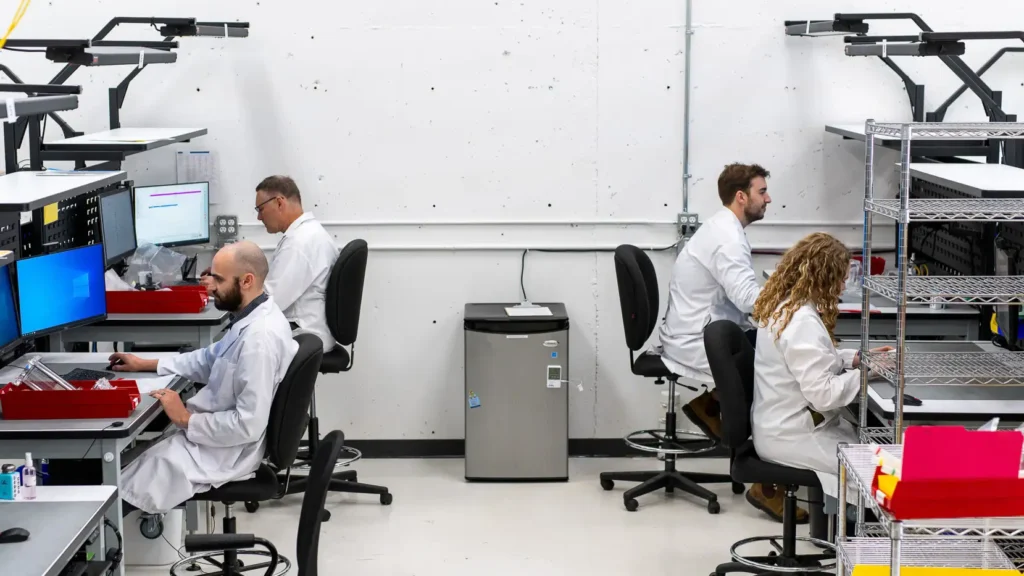
Bio Break: Innovations in Drug Delivery Systems
In this episode of Bio Break, Joris and Nick explore groundbreaking innovations in drug delivery systems, focusing on how advanced technologies are transforming the precision and effectiveness of medical treatments. From delivering medications to hard-to-reach areas like the brain to targeted oral delivery, this discussion highlights solutions that are redefining modern healthcare.
Joris begins by discussing a revolutionary implant designed to overcome one of the biggest challenges in drug delivery: ensuring medications can effectively reach the brain. Traditional methods often fail to penetrate the blood-brain barrier, limiting the efficacy of treatments for neurological conditions. However, the implant Joris describes enables drugs to permeate the brain up to seven times more effectively, showcasing a major step forward in treating patients with conditions like brain cancer or neurodegenerative diseases.
Nick shares another fascinating example of drug delivery innovation—a robotic pill. This small, swallowable device resembles a standard capsule but contains advanced technology that allows it to localize within the gastrointestinal tract. Once positioned in a targeted area, it delivers precise doses of medication, addressing conditions such as dysbiosis and other localized issues. Unlike conventional oral medications that dissolve systemically, this robotic capsule ensures delivery at the site of need, minimizing side effects and maximizing therapeutic impact.
The episode underscores the transformative potential of these systems, which merge cutting-edge engineering and biology to improve outcomes for patients. By tailoring drug delivery to specific regions of the body or overcoming physical barriers like the blood-brain barrier, these innovations promise greater precision, fewer risks, and enhanced treatment efficacy.
This episode is a must-watch for medical device developers, healthcare innovators, and professionals in drug delivery and precision medicine. Discover how these advancements—once considered science fiction—are becoming a reality, pushing the boundaries of what’s possible in patient care and treatment delivery.
Innovations in Drug Delivery Systems
Related Resources

In MedTech, success rarely comes from invention alone. Plenty of promising technologies make it through verification and early clinical work, only to stall when the team tries to turn them into something buildable.

From how much of your body is actually bacterial to how fast microbes can multiply, these facts are designed to stick with you long after the party ends.

In medical device development, verification is both a safeguard and a stress test, not just for the product, but for the process.

In the world of medical device development, requirements are often treated as a regulatory tax, essentially documentation created solely to satisfy a compliance need.
